In our houses, refrigerators are among the most energy-intensive equipment that uses a lot of electricity. However, by following a few easy measures, you can improve the efficiency of your refrigerator, cutting down on energy use and power costs. The energy efficiency of your refrigerator may be increased in seven ways, which can help you save money and have a smaller environmental effect.
Proper Temperature Settings
Correct temperature setting is one of the most important aspects of refrigerator efficiency. A refrigerator should be kept at a temperature of 35 to 38 degrees Fahrenheit (1 to 3 degrees Celsius). The freezer should be adjusted to a temperature of about 0 degrees Fahrenheit (-18 degrees Celsius). To ensure precise temperature settings, use a refrigerator thermometer and make any necessary adjustments. Avoid temperatures that are too frigid because they consume energy and don’t offer any further benefits.
Regular Defrosting and Cleaning
Ice building in the freezer can harm both the refrigerator’s section and the freezer’s effectiveness. Defrost your freezer frequently to avoid excessive ice buildup. Clean the interior of the freezer and refrigerator as well to get rid of spills, grime, and food particles. A clean refrigerator runs more effectively since the air can flow freely and the compressor doesn’t have to work as hard to maintain temperature. Before defrosting or cleaning, make sure to unplug the refrigerator or switch off the relevant circuit breaker.
Organized Storage
Your refrigerator’s performance can be increased by using smart storage solutions and proper organization. Keep similar things together, and set aside particular places for various food types. As a result, there are fewer temperature variations and energy waste when the refrigerator door is open for a shorter period of time. Avoid stuffing the refrigerator to the brim; doing so can obstruct airflow and result in ineffective cooling. Make sure nothing is obstructing the air vents or preventing the door from closing properly.
Efficient Loading and Placement
To prevent moisture leaks, wrap or cover all things properly before placing them in the refrigerator. This improves the efficiency with which the refrigerator maintains its temperature. Additionally, allow hot foods to cool to room temperature before putting them in the refrigerator to lessen the stress on the device and avoid wasting electricity. Food should be stored in a way that promotes effective cooling and airflow. Don’t put things up against the walls or block the air vents.
Sealing and Insulation
Make sure your refrigerator’s door gaskets (seals) are clean and properly sealed by checking them frequently. Air leakage from a damaged or loose seal might make the compressor work harder to maintain the desired temperature. If the gaskets are broken or no longer offer a tight seal, clean them with a moderate detergent and warm water and replace them. A constant temperature is easier to maintain and energy efficiency is increased with proper insulation. Inspect the insulation surrounding the refrigerator to make sure there are no openings or cracks.
Maintenance and Upkeep
Refrigerator efficiency is crucially dependent on routine maintenance. Keep the condenser coils clean by vacuuming or brushing them to get rid of dust and debris. Dirty coils prevent heat from dissipating, which makes the compressor work harder. Make that there are no obstacles in the drain hole and drip pan. Additionally, check and clean the fan and motor parts. Your refrigerator performs better and lasts longer with routine maintenance. Consult the manufacturer’s instructions for additional maintenance advice.
Energy-Saving Accessories
To further increase your refrigerator’s efficiency, think about adding energy-saving accessories. To stop heat from surrounding walls or appliances from harming your refrigerator’s chilling operation, place a reflective sheet or panel behind it. In order to help you take fast action and stop food spoiling, you may also use a refrigerator thermometer with an alarm to inform you if the temperature increases above the desired range. Use energy-efficient LED lighting inside your refrigerator as well to reduce energy use.
Conclusion
The energy efficiency of your refrigerator can be greatly increased by taking these seven actions. A more efficient refrigerator results in energy savings and a smaller carbon footprint due to proper temperature settings, routine defrosting and cleaning, organized storage, efficient loading and positioning, sealing and insulation, maintenance and upkeep, and the use of energy-saving accessories. By following these instructions, you can keep your food safe and fresh while also enjoying the advantages of a more cost- and environmentally-friendly appliance.




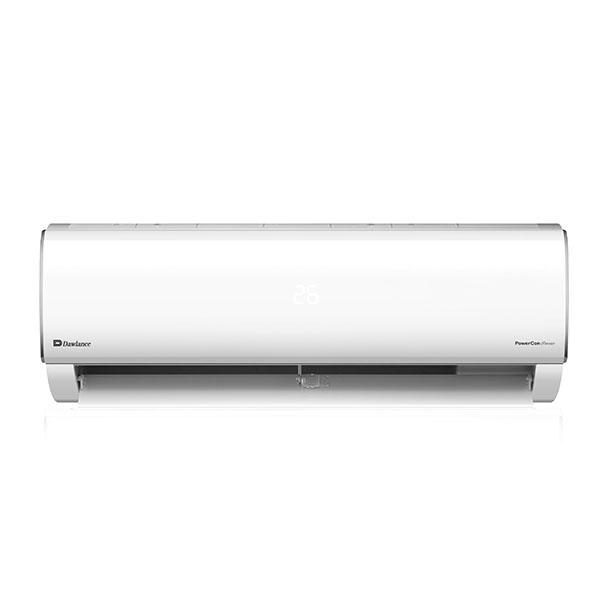

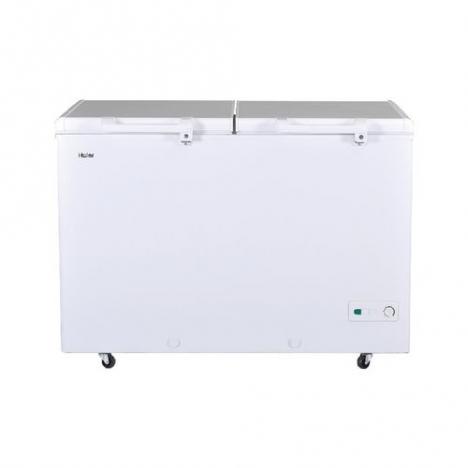

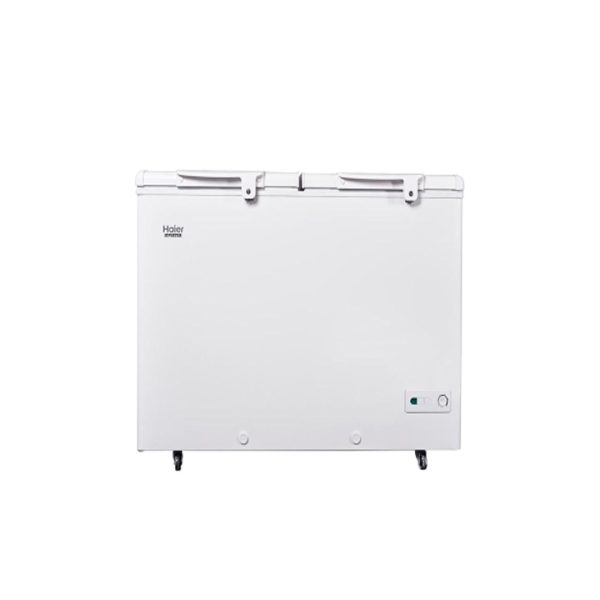
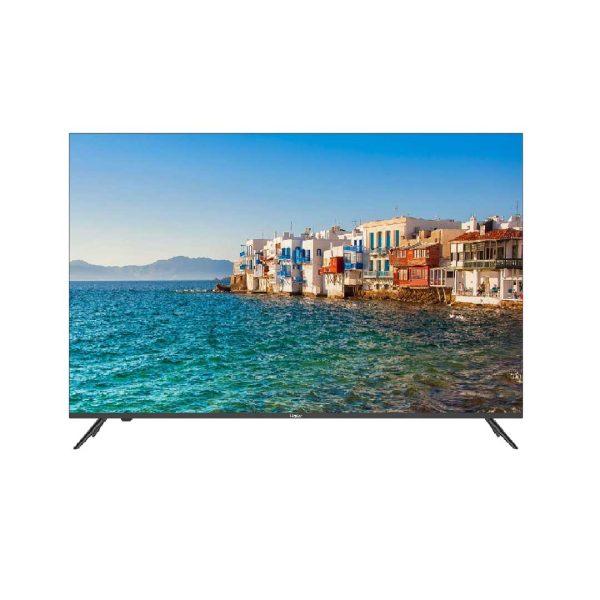


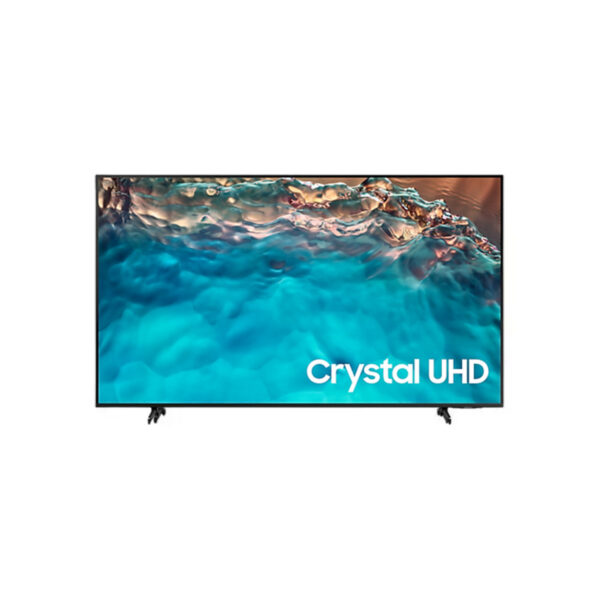
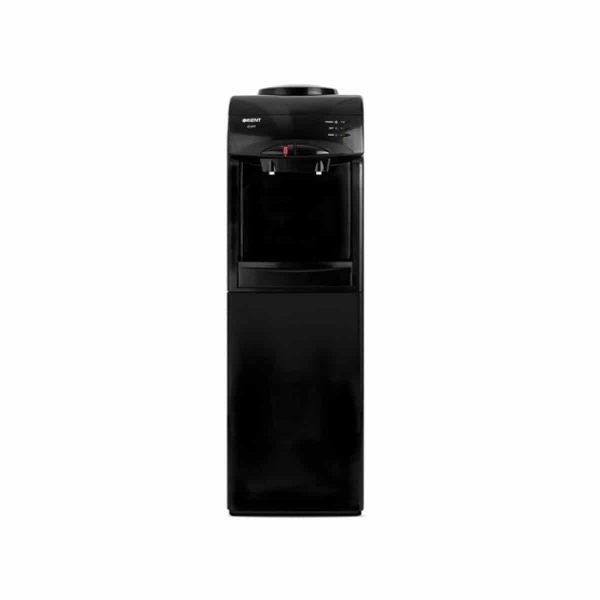
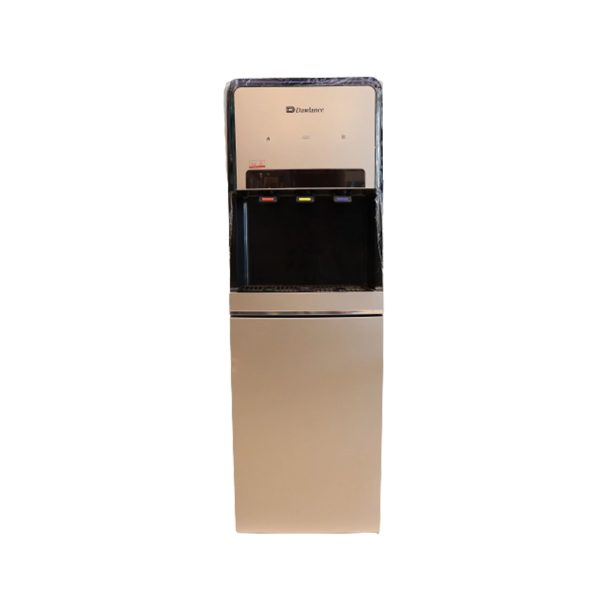

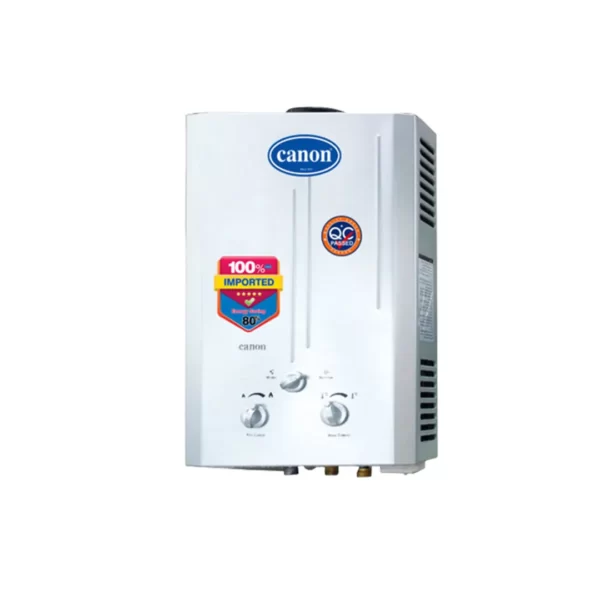
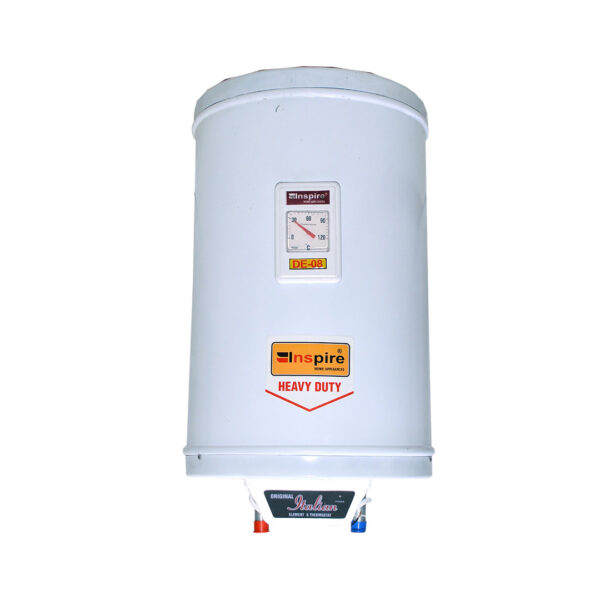
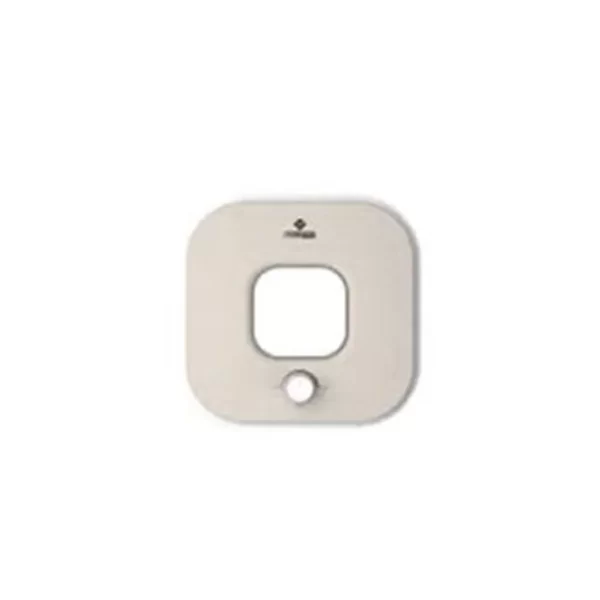

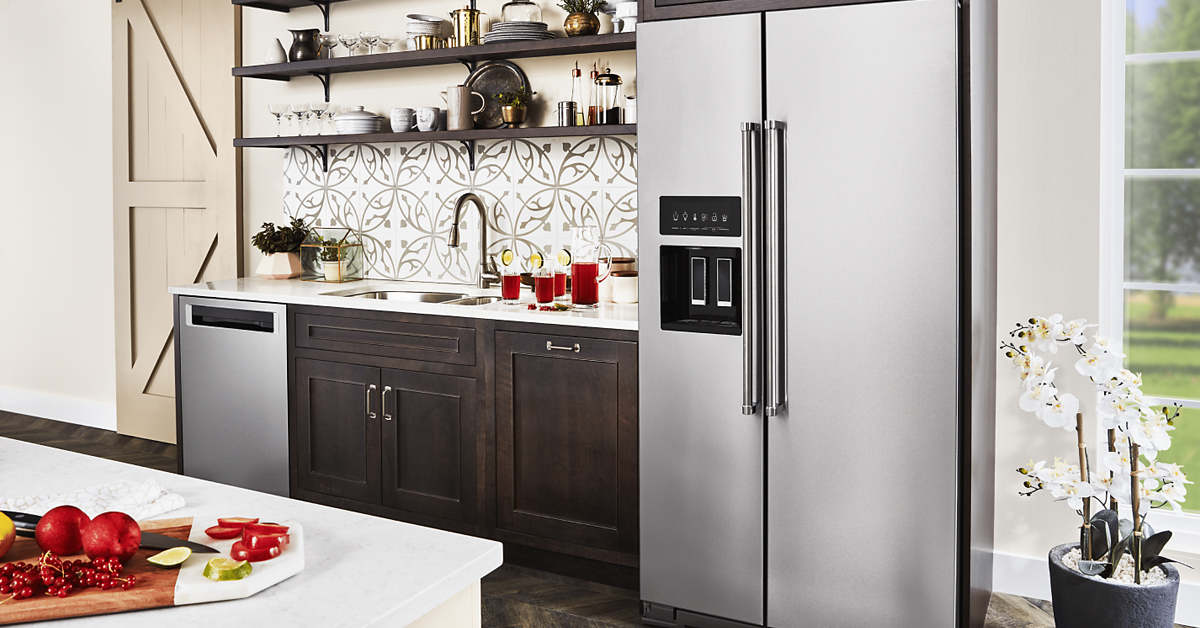
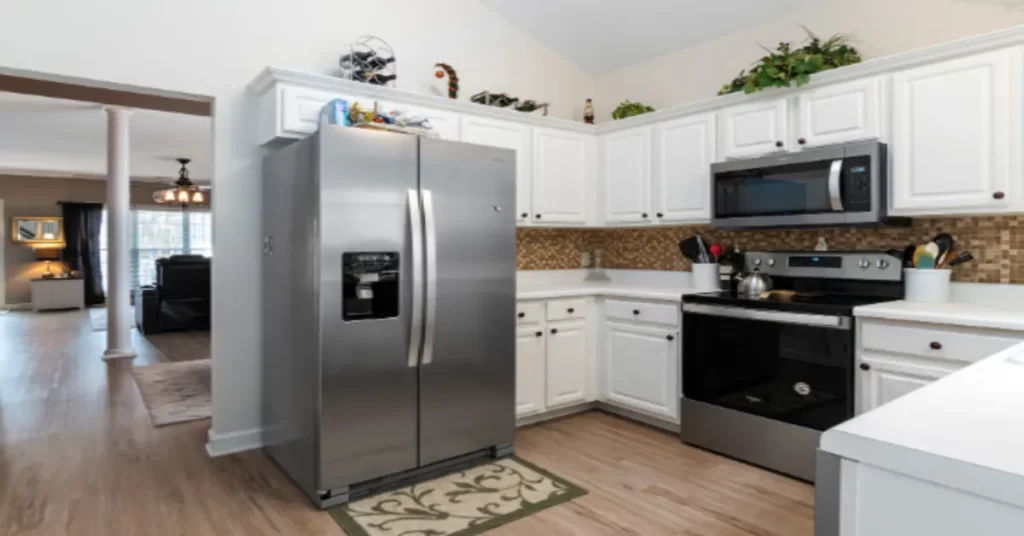
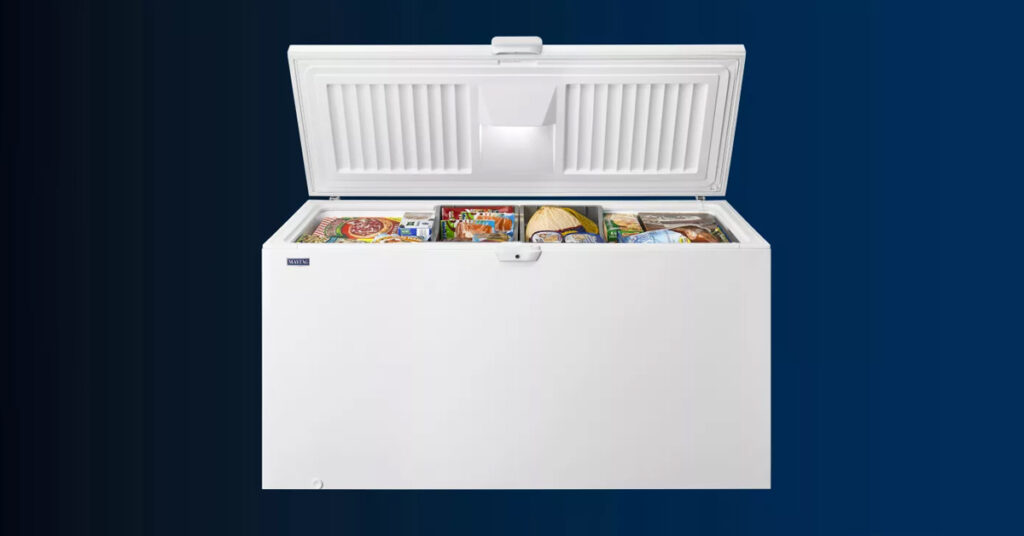
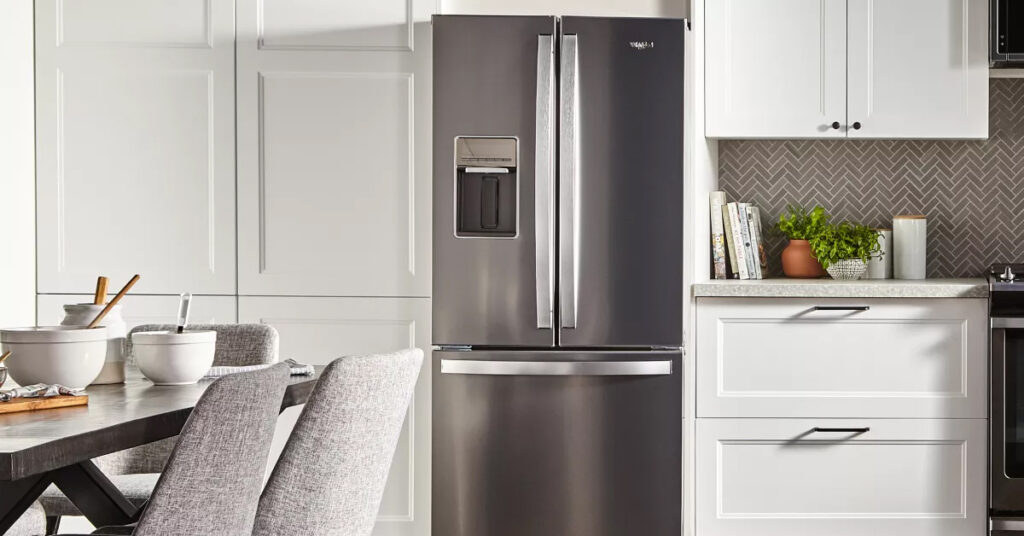
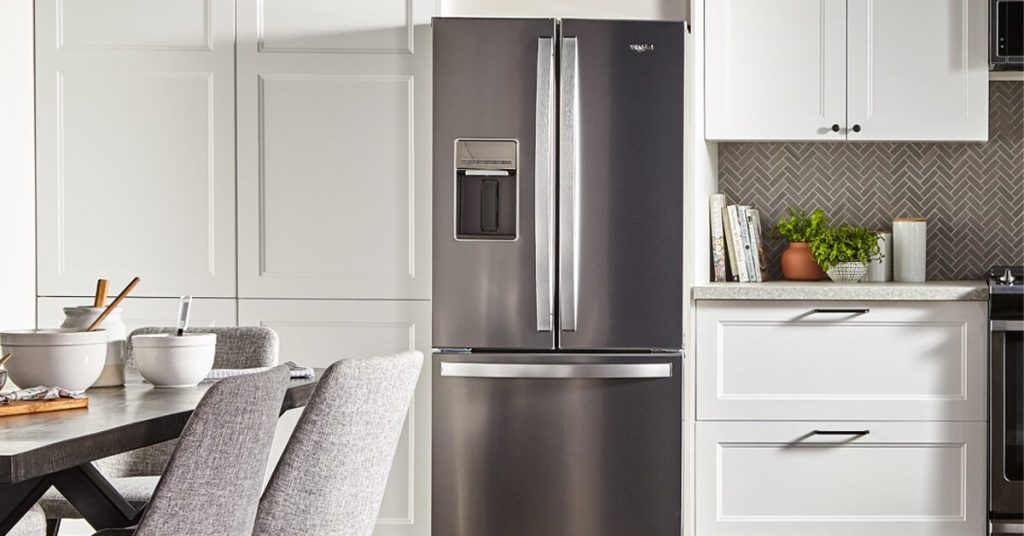


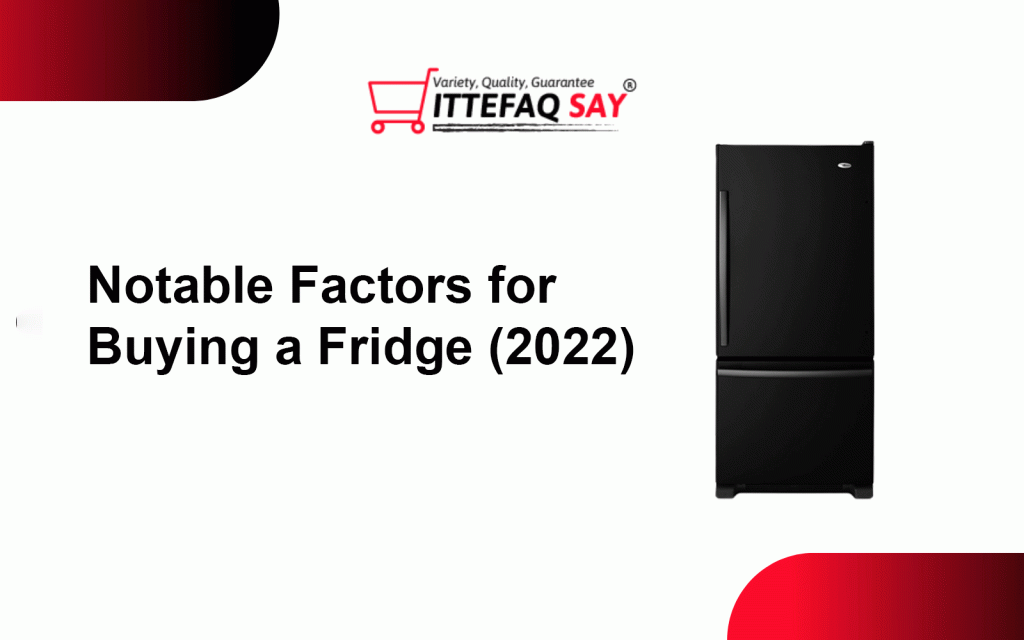
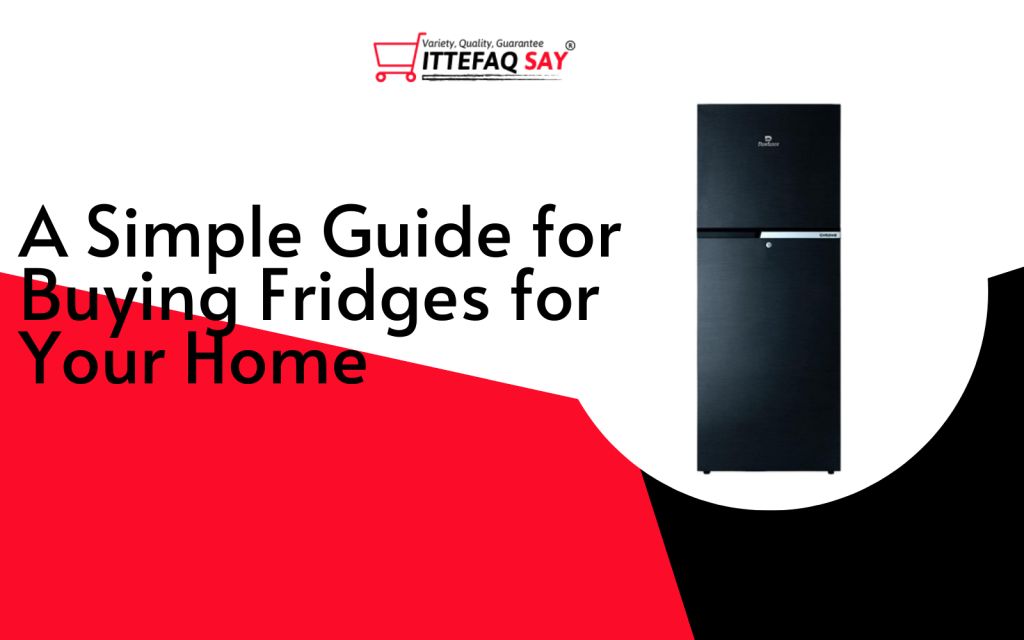
 Dryers
Dryers Ironing / Garment Care
Ironing / Garment Care